Timeline
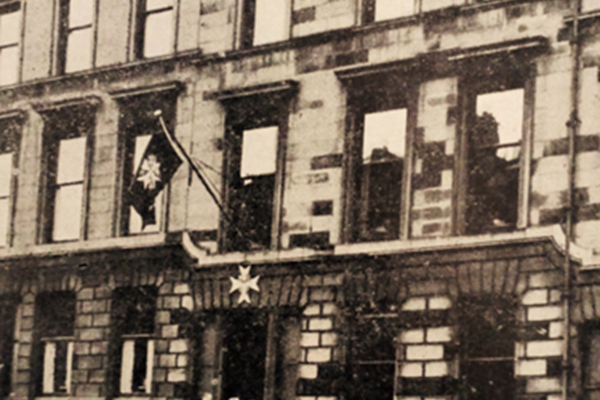
1940s
The Priory of Scotland of the Order of St John is formed, with an ambitious plan to set up charitable services to improve the health of people in Scotland.
A Foundation Hospital is opened at 7 Park Circus, Glasgow, and twenty “medical comforts” depots, which lend out crutches, wheelchairs and other aids, are established across Scotland.
St John committees are formed in Edinburgh and Aberdeen.
In 1949, the St John Nursing Home is opened in Albyn Place, Aberdeen - later to become the St John Hospital.
Image:
Foundation Hospital, 7 Park Circus, Glasgow
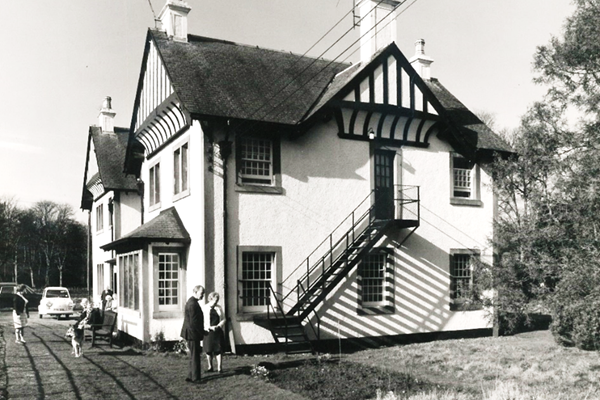
1950s
A hospice for the elderly is opened in Musselburgh, and St John converts the Edinburgh Home for Working Mothers into a home for the elderly.
A second Foundation Hospital is opened in Glasgow.
St John converts Skerry Brae House in Lossiemouth into a summer holiday home and winter convalescent home.
Image:
Hospice in Carberry, Musselburgh
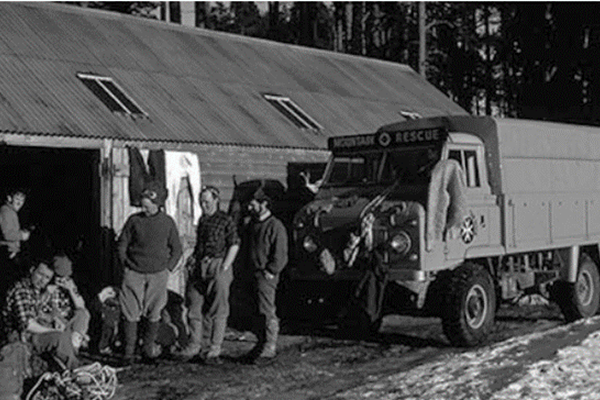
1960s
New committees are formed in Glasgow (1962) and West Lothian (1969).
A home for the elderly is opened in Langside, Glasgow, while the first Glasgow hospital closes.
In 1967, the Aberdeen St John committee provide space for the fledgling Aberdeen Mountain Rescue Team to build a base in the grounds of the St John Hospital - beginning an enduring association between St John and Mountain Rescue.
Image:
Aberdeen Mountain Rescue Team
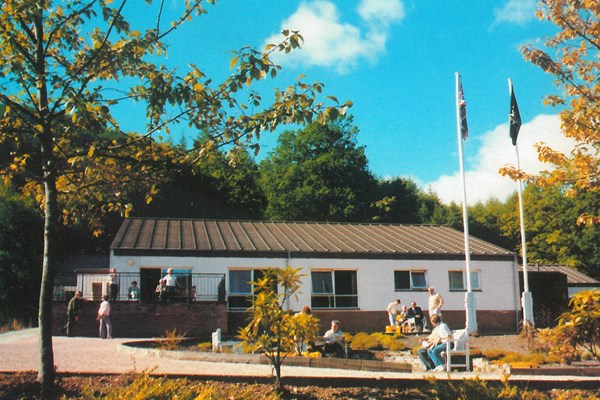
1970s
There is a rapid expansion of St John’s work across Scotland, with new committees formed in Stirlingshire (1971), Fife (1974), Dunbartonshire, Perth & Kinross (1975), Highland, and Dumfries & Galloway (1977).
A sheltered housing complex is opened in Partick, Glasgow; holiday flats for the elderly in Leven, Fife; and a respite home for disabled people in Strathyre, Stirlingshire.
Image:
Sir Andrew Murray Home in Strathyre, Stirlingshire
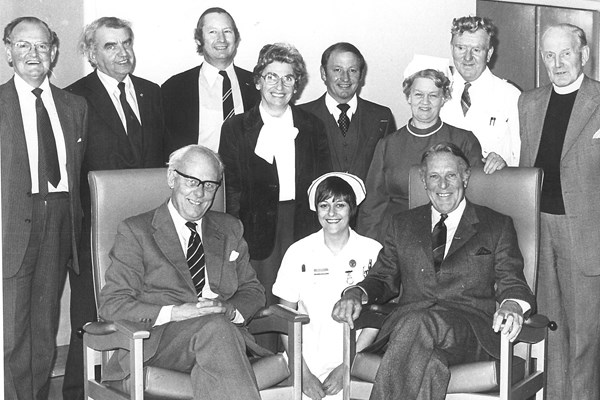
1980s
New committees are formed in Angus & Dundee (1980) and Dumfries (1988).
The Edinburgh and Carberry hospices are closed and sold, but a new residential home is opened in Langside, Glasgow.
Image:
Angus & Dundee Committee, 1982
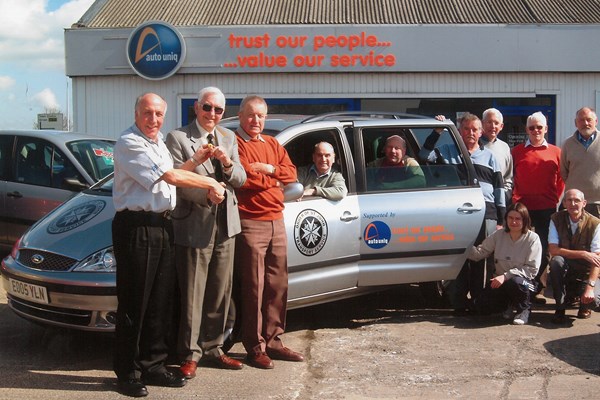
1990s
In Edinburgh, a respite home for people living with Alzheimer’s is opened; in Polmont, a complex of shared ownership flats is built.
The St John Hospital in Aberdeen is sold and becomes a private hospital.
St John expands its support for Mountain Rescue, with a commitment to fund a replacement vehicle for 13 teams.
A Patient Transport service begins in West Galloway, bringing oncology patients to Dumfries to link up with transport to Edinburgh for treatment.
Image:
Patient Transport, West Galloway
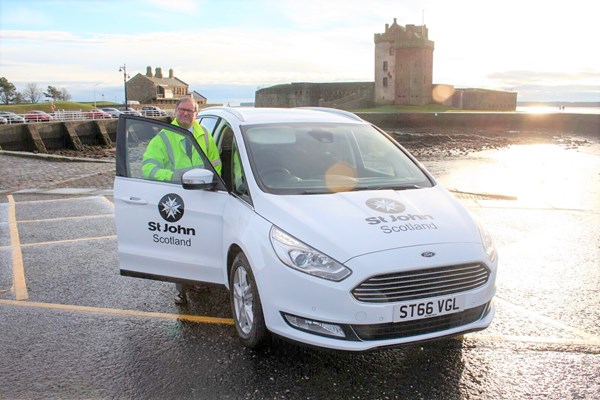
2000s
St John committees are formed in South East Scotland (2001) and Ayrshire & Arran (2008).
St John Scotland continues its support for Mountain Rescue teams, and contributes funding to the Lomond Rescue Boat and Nith Inshore Rescue Boat.
A new Patient Transport service is launched in Angus & Dundee, first supporting cancer patients and later also renal dialysis patients.
Image:
Patient Transport, Angus & Dundee
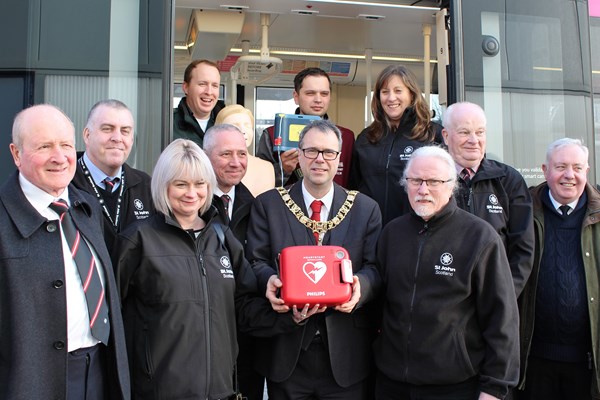
2010s
The former Thornhill care home and the Sir Andrew Murray home in Strathyre close, leaving the Polmont flats as St John Scotland’s sole remaining residential operation.
Volunteer Community First Responder groups are established in Angus.
St John Scotland develops its work on defibrillators, with a partnership with Scottish Golf and the launch of the ‘St John and the City’ defibrillator project in Edinburgh.
St John Scotland joins the Save a Life for Scotland partnership, working with other agencies to help teach 500,000 Scots CPR.
A new Patient Transport service is established in Fife.
Image:
Defibrillator Project
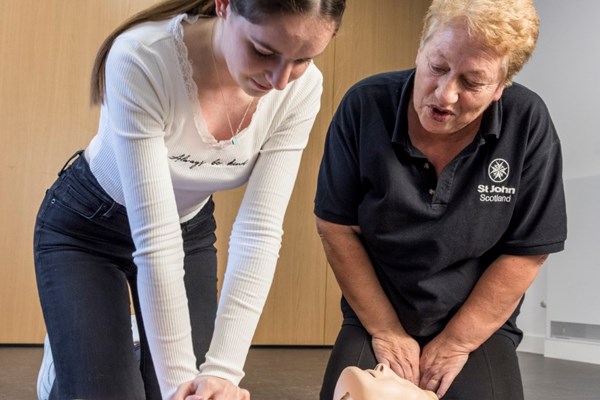
2020s
St John Scotland launches a new strategy, focusing on
expanding its four core services: Patient Transport, Public Access Defibrillators, CPR Training and Community First Responders.
In response to the Covid-19 pandemic, St John Scotland provides volunteer support at blood donation clinics across the country.
New Patient Transport services start in Central and Edinburgh.
Image:
CPR Training